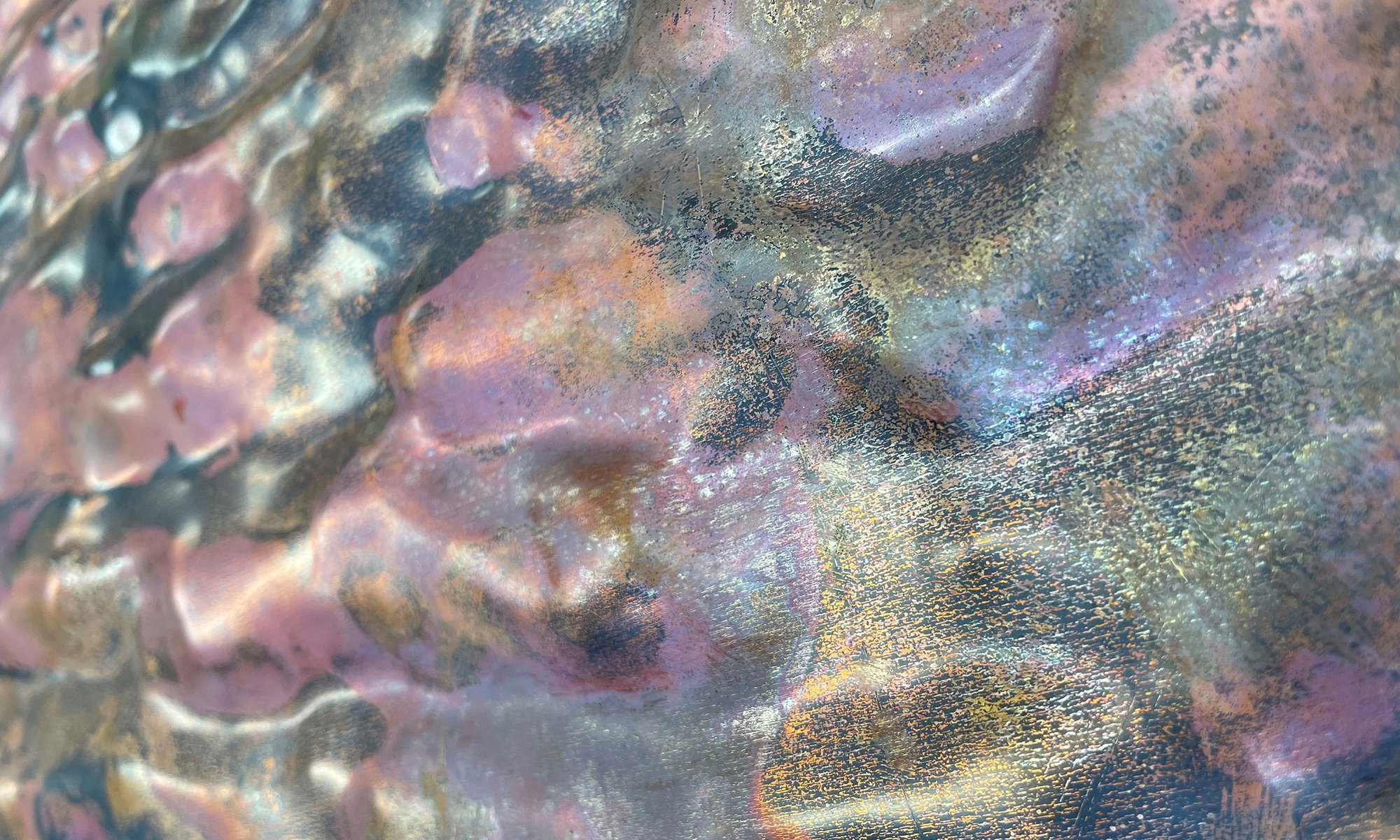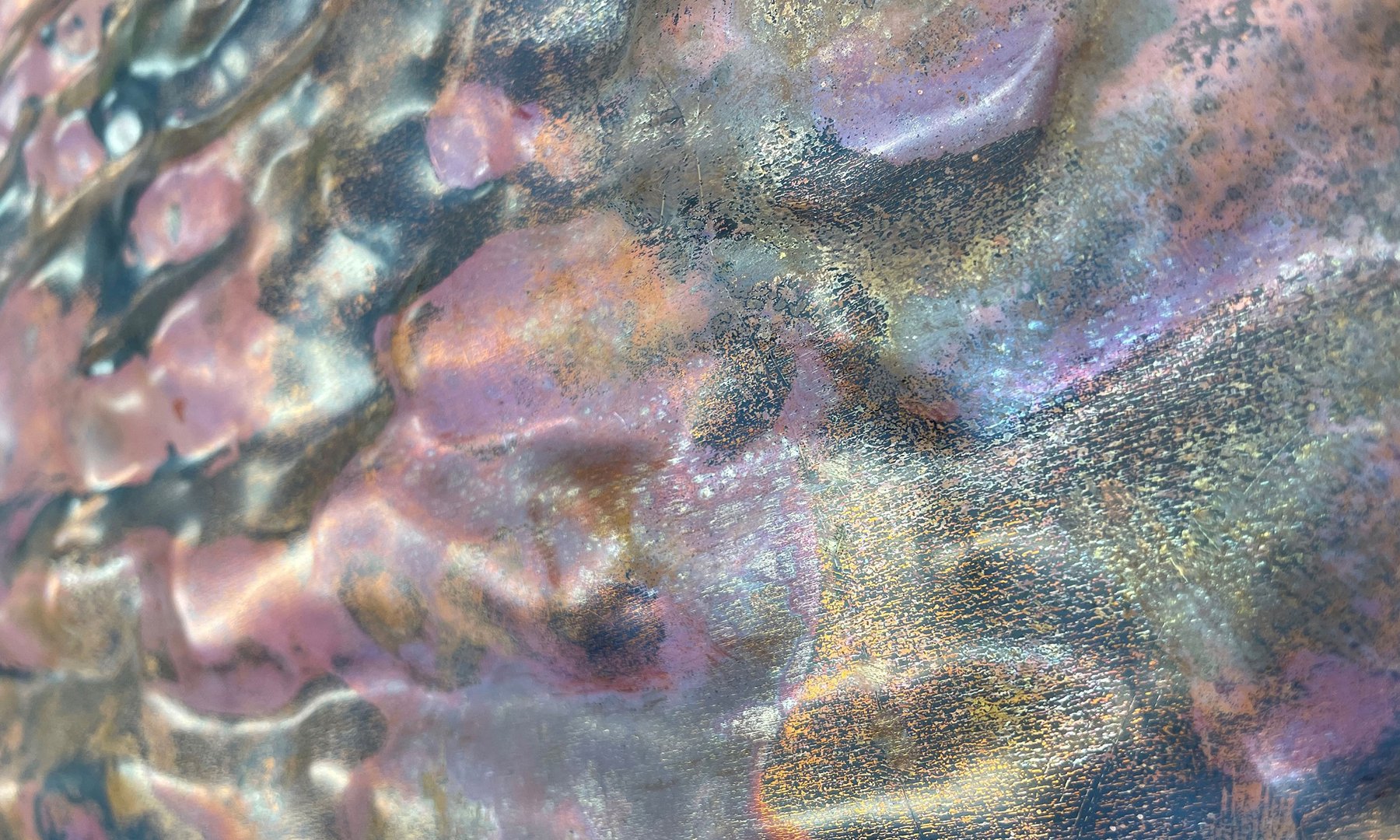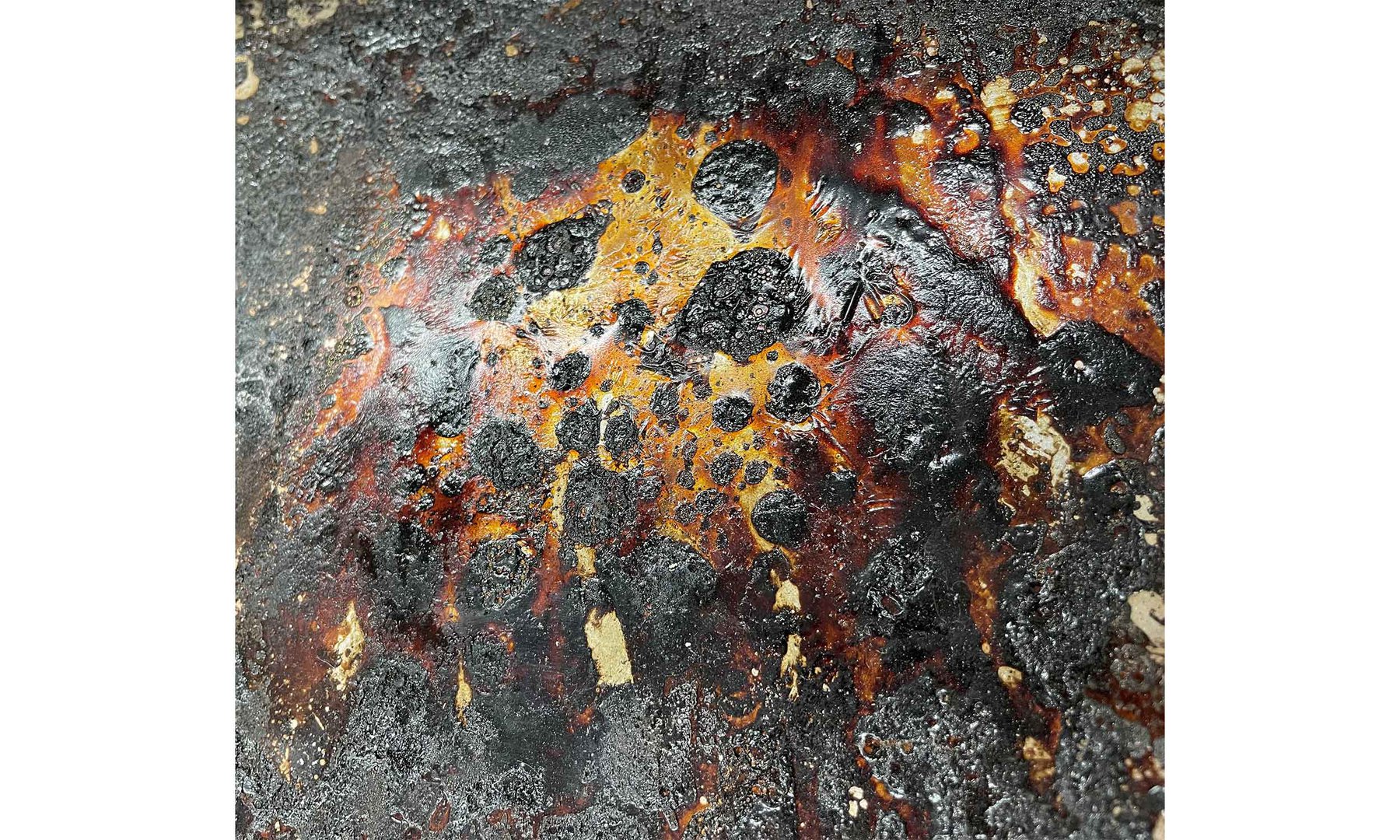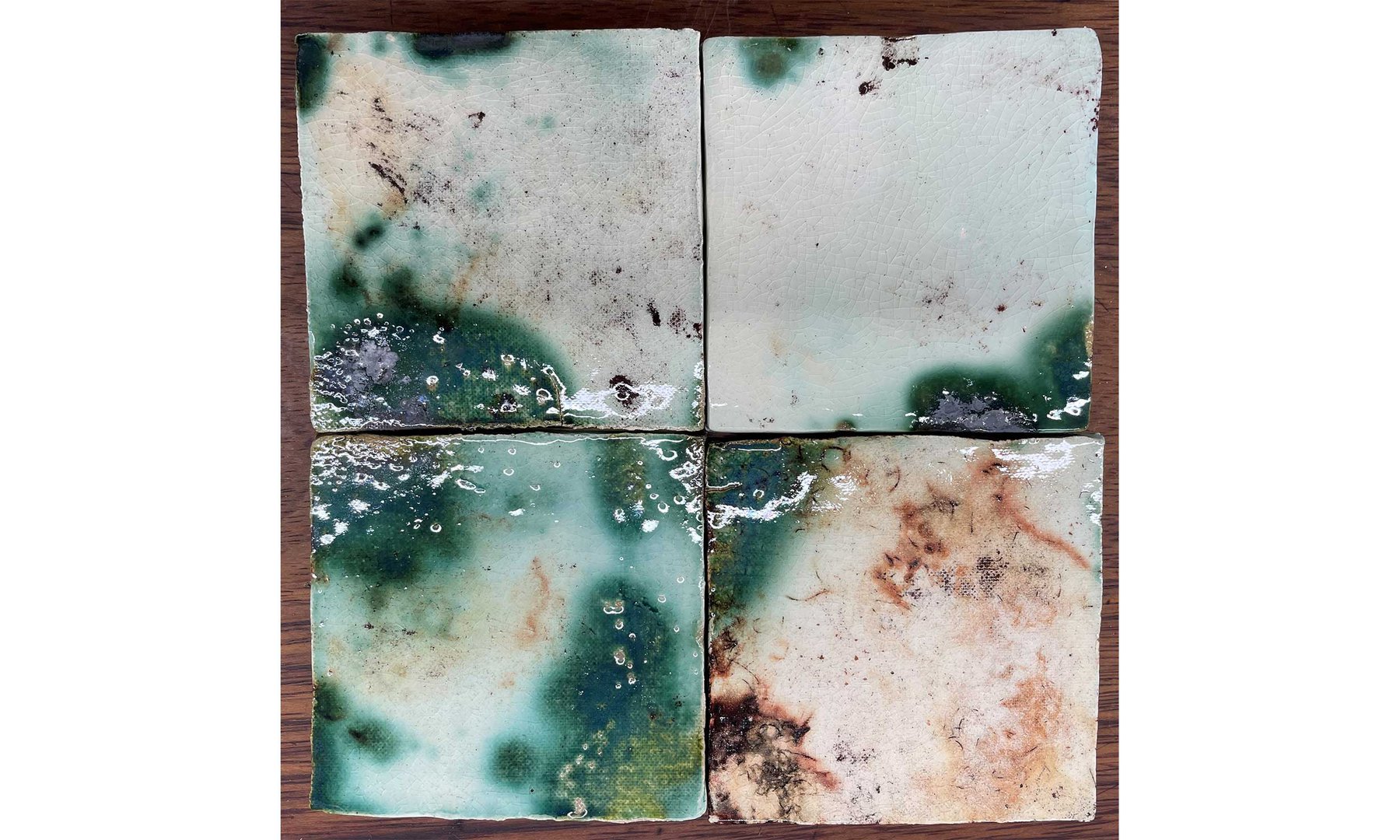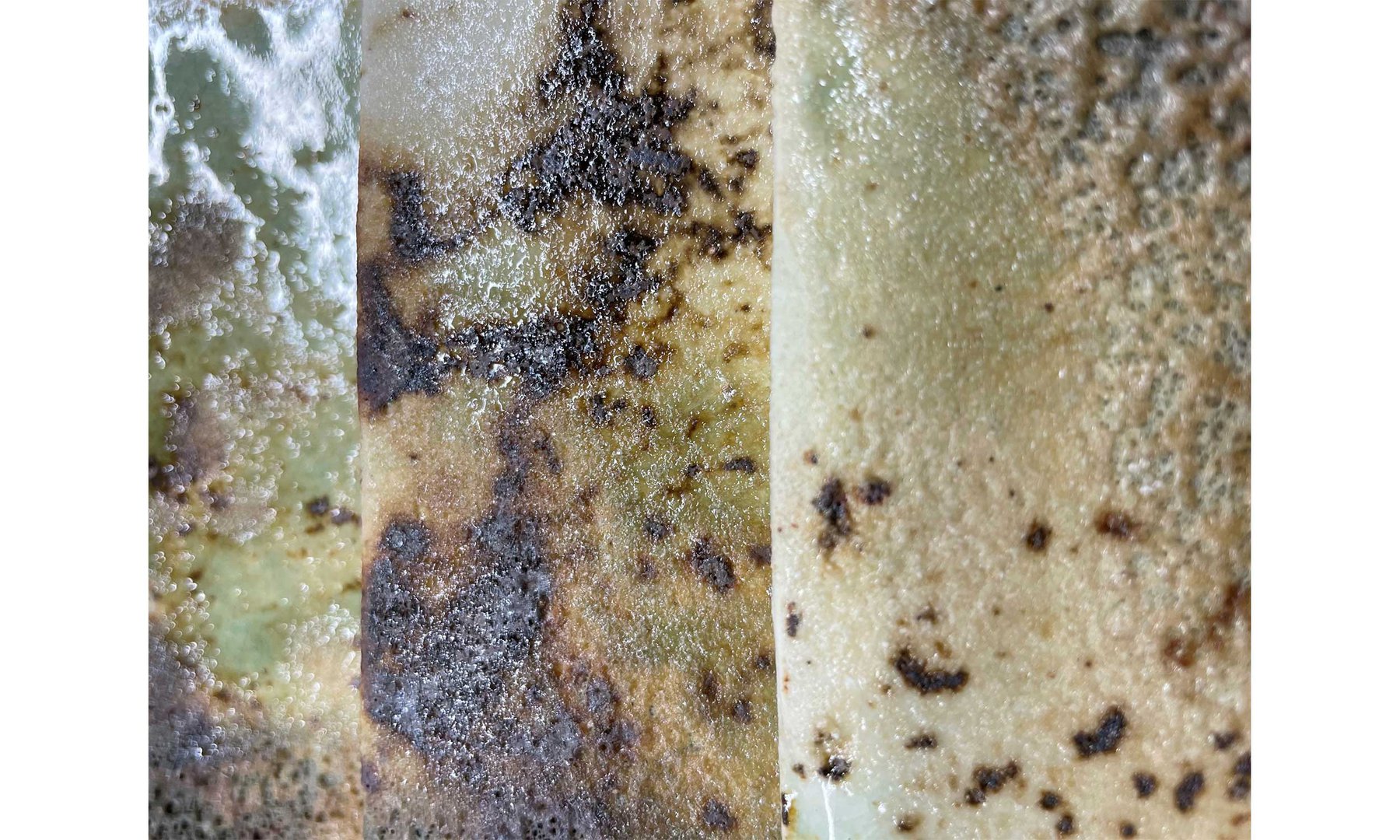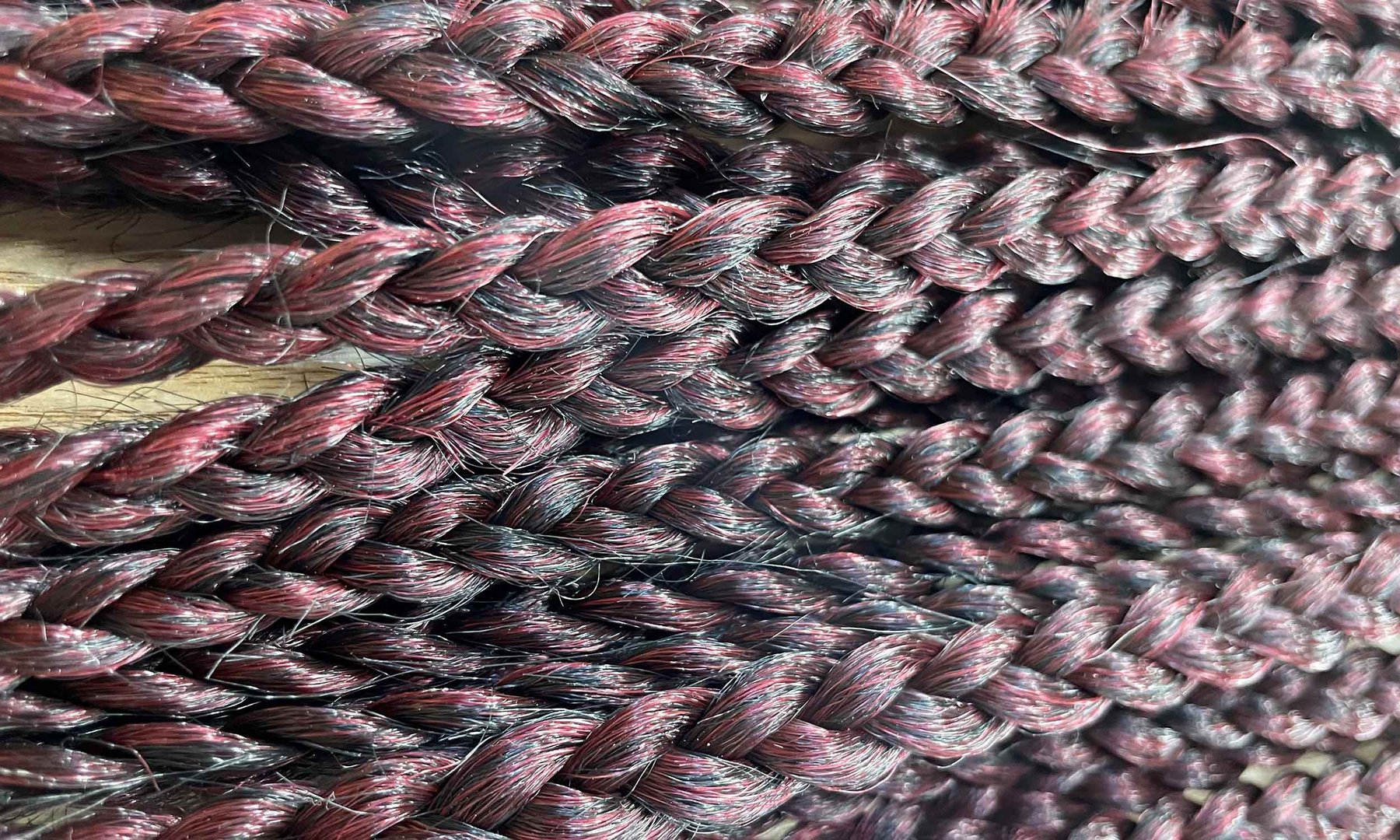3D Studio 01: Oomph!
Liveness 2021 (Archive)
Projects

Project for DiSe. 'Happy Accident Cabinet' by Nyeisha Costley. Year 3 Furniture and Product Design BA
Project partner DiSe
DiSe specialises in investigating surface treatments for furniture that elevates the narrative of the final object to a more complex place. Exploring numerous ways to treat the door of a simple cabinet to create a rich expressive impact. What is it made of? If it is wood, is it baked? Soaked? Shredded? Stained? What kind of stain? How can you profoundly alter that stain and its application so that it behaves unlike anything you’ve seen before? Is it made of metal? Scrunched and peeled open? Rusted into pieces in the garden? Welded from a thousand objects found in a local scrap yard? Is it a cast door? What was the mould made of? Does the object it is cast from have a particular meaning to you and others? Can you make a series of castings that are related but differentiate? Is it painted? What is the paint made from? The blackest, black on Earth or the most reflective? How do you apply that paint?
These are the questions we asked the students…
Project partner 1882
Make Do
While we navigated the challenges of new workshop restrictions we needed to think on our feet. Although there was some access to the college facilities for instructional sessions and firing, this project required students to develop unique processes that could be carried out off site, be that in the local park, in the bathroom, on a fire escape, in a lake. What ways are there to create responsively and creatively in an unorthodox making environment? What is the relationship between that piece and its environment? Can the new environment help in creating a mass-produced item that might not otherwise be possible through more normal means? Are the materials specifically sourced from the location or is there something specific about the location that allows them to be processed in a particular way?
Students were asked to think beyond the confines of what is normally possible and what can be achieved through unique processes.

Project with 1882. Experimental Wall light by Martin Cremer. Year 3 Furniture and Product Design BA
DiSe Cabinet by Miguel Souto
Open Desk, desk by Miguel Souto

Project with Open Desk. Desk by Martin Cremer. Year 3 Furniture and Product Design BA
Project Partner Open Desk
Digital fabrication is an efficient form of manufacturing that many local companies can utilise as they expand and require more furniture for a workplace. As we aim to adapt to a circular economy, designers must consider the types of materials we use and their impact on our surroundings. Objects must be easy to recycle or repair based on their function and type of material they are made from. The brief was to design a piece of furniture or product that can be manufactured globally in line with the ‘Opendesk’ business model. Fixtures and fittings and other materials can be used but must be easily sourced from wherever the objects are manufactured. As designers, students were asked to consider the context for which the furniture or product will live. Is it solving a storage problem or creating a surface for a particular task? Design for the domestic or workplace context with detailed research considering findings when generating concepts. What is the role of furniture and products in a post-Covid world?
Sony Limbu
Courtney Mandell
Lulu Nossol
Lulu Nossol
Courtney Mandell
Study furniture and product courses at London Met
- Cathy Stack
- Peter Marigold
- Will Smith
- Stefania Atzei
- Joshua Baker
- Martin Cremer
- Nyeisha Costley
- Ben Dussere Robinson
- Agnes Fouda
- Daegyu Kim
- Sony Limbu
- Courtney Mandell
- Lulu Nossol
- Xappho Paterson
- Tobias Redding
- Miguel Souto
